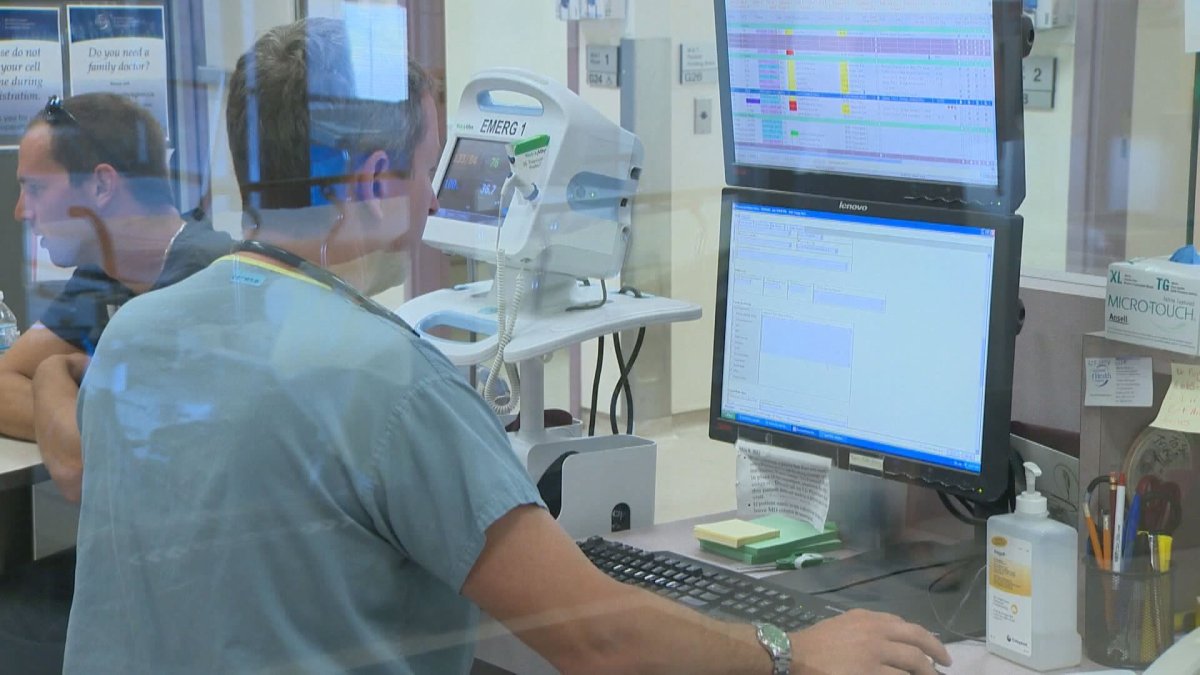REGINA – Surgery isn’t just about fixing a medical problem, it’s about letting people get back to enjoying their lives.

“I’m back riding my motorbike, which I couldn’t do a year ago, at least, without an awful lot of pain. I can pick something up off the floor if I drop it without having to go down on one knee,” said Chuck Stewart, a former patient at the Regina Qu’Appelle Health Regina.
Stewart was one of many patients who experienced prolonged surgical wait times in Saskatchewan.
“I had a back fusion in 2007, and I waited for that surgery for over a year. I was actually off work for a one whole year waiting for that surgery, went back part-time after that, and then eventually full-time. I had my knee surgery in June 2011. I waited just under three months for that surgery, but the wait time was much better,” said Stewart.
The Regina Qu’Appelle Health Region has drastically reduced surgery wait list times under the Saskatchewan surgical initiative. The initiative aims to achieve the goal of having no one wait longer than three months for a surgical procedure.

Get daily National news
In April 2010, approximately 6,000 patients waited more than three months for their surgical procedures. However, as of March 31, 2015, Only 182 patients waited longer than three months.
Despite improvements to surgical waiting times, one of Saskatchewan’s largest healthcare regions struggled under the lofty timeline set forth by the provincial government.
RQHR and the Sask. Government initially planned to reduce wait times within four years, but needed an additional year due to a high demand for surgeries.
Officials said the tight timeline helped them look for creative, long-term solutions.
“It really focuses the mind and it really makes people work together, and think outside the box when you actually set a timeline on something. So, when we said three months for the offer of surgery, I think people thought, well, that’s impossible – considering where we came from,” said the Minister of Health, Dustin Duncan.
Wait list times were reduced as surgeons and anesthetists worked longer hours to perform elective procedures. As the volume of people requesting surgical procedures increased, so did the number of hours staff worked to achieve the target.
Third party surgical providers also played a key role by providing appropriate procedures to patients outside of the hospital.







Comments